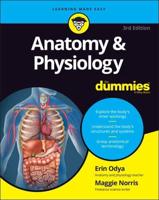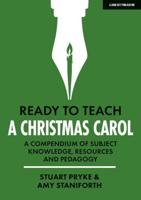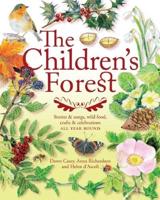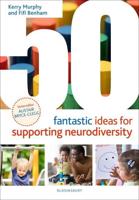Publisher's Synopsis
Groceries, Stamps, nd Measuring Strips: Early Multiplication is one of five units in the Contexts for Learning Mathematics Investigating Multiplication and Division (35) The focus of this unit is the introduction and early development of multiplication. By making use of realistic contexts, the unit invites students to find ways to mathematize their lived worlds with grouping structures. The unit uses many contexts: inside the grocery store; postage stamps; city buildings, windows, and buses; tiled patios; a bakers trays; and sticker pages. Initially, formal multiplication notation is not the focus; efficient grouping is, as students are encouraged to make groups (and groups of groups) to find efficient ways to deal with repeated addition and determine totals. The unit begins with the context of a grocery store. Students view an illustration of fruits and vegetables arranged in bins, stacked packages of paper towels, and six-packs of water bottles, among other items in a grocery store. Although the objects shown can be counted by ones, the arrangements naturally invite repeated addition, skip-counting, and doubling strategies as well as the language of groupingfor example, 8 groups of 6 is equivalent to 4 groups of 12 which is equivalent to 4 groups of 6 plus 4 groups of 6. The stamp context used next eliminates objects that can be counted by ones. Now the value printed on the stamp is the focus. This context thus supports the development of unitizing by providing the value (e.g., seven cents) as a unit that can be counted. Providing the value also offers a built-in-constraint to counting by ones, and supports repeated addition and efficient grouping employing doubling, doubling and halving, and the addition of partial products. This context promotes a natural shift in students language to 5 sevens (5 seven-cent stamps). Formal notation (the use of x to indicate multiplication) is introduced halfway through the unit with the context of measurement. Students view an illustration of a cityscape with high buildings, large windows, tall trees, and a school bus. A four-foot tall, eight-year-old boy, Antonio, is shown on the street; Antonio wonders how much taller everything is than he. Because his height is used for a unit of measurement, the natural language that evolves is times, for example, eight times the size of Antonio. Formal notation is introduced to match the language8 x 4. As the unit progresses, students make a set of measurement strips (for the multiplication tables) and explore the relationships between the products on them. In the last few days of the unit, the measurement strips are represented as number lines that students use to determine missing products from the expressions and products provided. Here the five- and ten-structures are emphasized, supporting students in using five-times to help with four-times and six-times, and ten-times to help with nine-times. Several minilessons are also included in this unit. Quick images, count-around-the-circle activities, and pictures with built-in constraints support the construction of efficient strategiesstrategies that over time will help students automatize the basic facts. Note: This unit also incorporates aspects of the measurement strand as students measure the height of various objects in the illustration of the city. They use the height of Antonio as an iterated unit, and make measurement strips for the lengths of various groups of connecting cubes. To learn more visit http: //www.contextsforlearning.com










